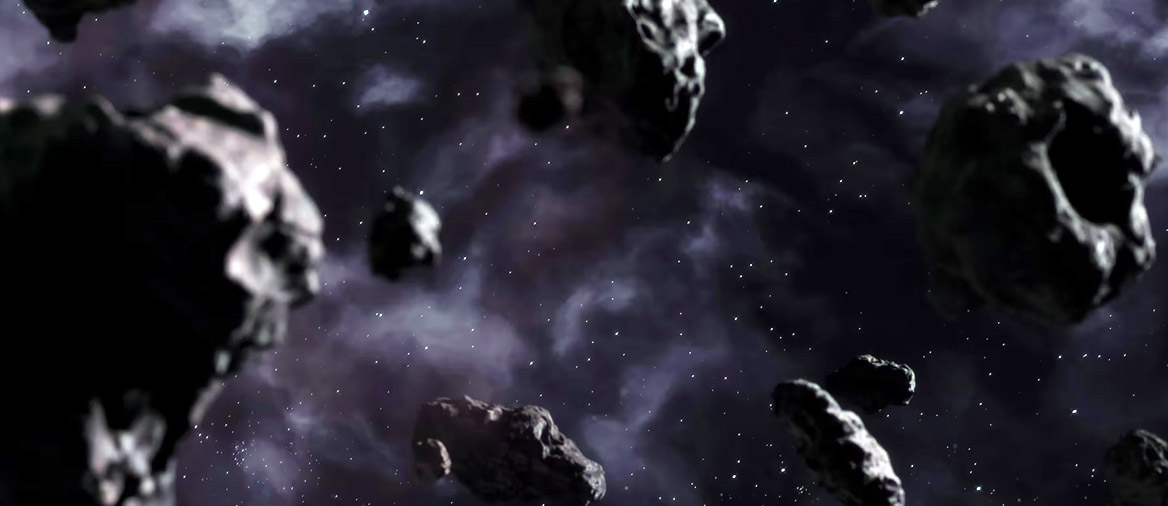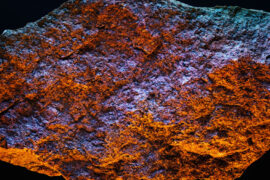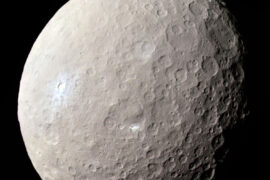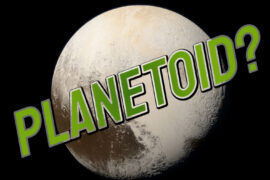Asteroids are very interesting astronomical objects. There are billions of them just in the Solar system and each of them has a different shape, composition, and orbit.
Understanding them has been key to learning more about the origins of all the other objects in the Solar system, including planets like our own.
Their importance also increases because of the threat they represent to the planets. Asteroid impacts are common in the Solar system. That’s how the Moon got all its craters and how the dinosaurs went extinct. So it is quite important to learn about them.
In this article, we’ll take a look at their origin. We’ll answer the question “How are asteroids formed?” and learn more about them along the way.
But first, let’s clear something up.
What is an asteroid?
An asteroid is a piece of rock or metal that travels through space orbiting a star. In the case of our Solar system, the Sun.
Asteroids come in many shapes, sizes, and compositions. some are barely 1 meter long (3 ft) and some are bigger than 1,000 kilometers (600 miles). Despite this variation, asteroids are also classified as minor planets, although, to be honest, should a one-meter rock really be called a “minor planet”?
The truth is “asteroid” is a bit of an umbrella category to classify everything that is not a planet or a comet.
There are three main types of asteroids depending on their composition. Metallic, carbonaceous, and silicaceous (M-type, C-type, S-type respectively).
Asteroids can also be classified by their location into main-belt asteroids, trojans, and near-Earth. We have a whole article about the types of asteroids if you want to learn more about that.
The large majority of asteroids in the Solar system are found in two areas: the asteroid belt, which is located between the orbits of Mars and Jupiter, and the Kuiper belt, which is a large area beyond Neptune on the outskirts of the Solar system and is where most comets also come from.
How are asteroids formed?
Asteroids formed through a process called accretion just like the planets. Accretion is when a LOT of tiny particles and dust specks begin to collide and stick to each other due to gravity. This process forms larger and larger pieces that in turn attract each other through gravity too. The process repeats with bigger pebbles and chunks of rock until a balance is reached and large objects like asteroids and even planets are formed.
But where did this material come from?
After the Sun was formed, a huge disc of gas and dust formed around it, and due to the conservation of momentum and gravity, it started to spin (orbit) around it. This is called a protoplanetary disc. From this disc comes all the material that eventually formed into asteroids, planets, comets, meteors, etcetera.
Astronomers believe that most asteroids are shattered chunks of planetesimals, that is objects that were on their way to becoming planets but that due to violent collisions that broke them up or other reasons could not reach the size to do so.
But some asteroids can still reach a considerable size. The bigger ones, like Ceres, even have a core and a mantle just like planets. As a matter of fact, when Ceres was discovered it was debated for a while if it should be categorized as a planet.
Most asteroids form around certain areas where the gravity of the nearby planets was too strong and did not allow them to clump into a planet. In the case of the asteroid belt, that force was Jupiter, and in the case of the Kuiper belt, it was Neptune.
Sometimes asteroids collide with each other and get taken out of their orbits. That’s how we end up with asteroids that are all over the Solar system. Some are even captured by the gravity of planets and become moons. It is very likely that both of Mars’ moons and many of the dozens of Jupiter’s moons started out as wandering asteroids. This is also why some errant asteroids also end up with a trajectory that collides with planets. Check out our article about the most important asteroids for more on that.
Summary
- Asteroids are big chunks of rock that orbit around the Sun but are not big enough to be a planet.
- Asteroids form through accretion when tiny specks of dust clump together to form larger and larger objects.
- There are billions of asteroids just in the Solar system, most of them are in the Asteroid belt and the Kuiper belt.







